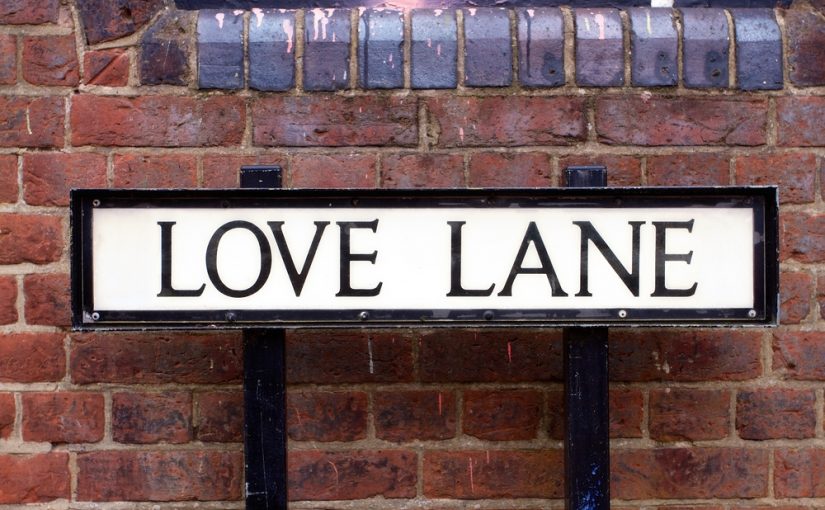The ‘Housing Futures’ survey has been conducted annually by Strutt & Parker since 2013 to examine how the property market has evolved and then utilising this data to identify future trends which will shape the market. The latest version, ‘Housing Futures: New Horizons’, has shown that ‘connectivity seems to be the key for British home movers in 2018. We want to be connected in all areas of our lives…there is a growing requirement for connection, community and convenience.
Increased demand for lettings
An increase in the demand for lettings has had a significant impact upon the property market, with research showing that rental increased as a future tenure from 10% to 13% – reflecting its growing popularity. Growth in the private rented sector has seen a near 30% annual increase and encompassed within this sector is the “Build-to-Rent” market. Over the course of the past year, there has been a 45% increase in the delivery of completed “Build-to-Rent” homes with the focus on the type of property now shifting from blocks of flats to family housing, thereby supporting the lettings market in the long-term.
The pace of life dictating property requirements
As the pace of life quickens and we become more accustomed to instantaneous connections, our property requirements are reflecting this desire for connectivity – both virtually to networks and physically to one another. “Good broadband” is now regarded as a necessity for the majority of buyers – up to 57% – and twinned with this desire for “good broadband” is the desire to be closer to family and friends – up to 48%. There should be no surprise, therefore, that city living has increased in popularity as cities offer the greater levels of connectivity and accessibility which is now sought-after by buyers.
Fiscal concerns shaping the property market
As the Housing Futures report states, “over the past five years, the UK has seen turmoil in the political arena as well as in the regulation and taxation of residential property”. This “turmoil” can be seen in the changing shape of the property market; for example, demand for detached houses has significantly dropped over the last 5 years from 83% to 49%, whilst semi-detached homes have become the most popular. This shift away from larger homes indicates a hesitancy amongst buyers to stretch themselves when it comes to their finances, perhaps also explaining the growth in the lettings market as potential buyers become more financially prudent.
Family Ties
Also identified in their housing report ‘26 different property tribes’ – groups of people who are the most prevalent in the property market. One of the ‘tribes’ which will exert the most influence on the property market over the coming years is aptly named ‘The Waltons’ and consists of multi-generational households, much like those seen in years gone by. This multi-generational family home will become more prevalent due to the increasing price of property and the resulting necessity for multiple family members to combine their wealth in order to purchase better homes than if they were to purchase individually, or simply because family members cannot afford to live by themselves. Further to this family aspect in the future purchase of properties, providing financial support for relatives has become one of the key reasons to move home – now up to 22% of those surveyed cite this as a motivator to move home.
As political and policy changes take place throughout the United Kingdom, the property market is flexing to respond to these types of change – this is reflected in the rise of the popularity of the semi-detached home and the continuing growth of the lettings market. Buyers are more aware of their fiscal concerns and more demanding in terms of their requirement to be well-connected to friends, family and wireless networks. With an ageing population continuing to live longer, the power of the “grey pound” will exert itself upon the property market and, combined with younger generations who have a voracious appetite for property both in terms of letting and purchasing, one thing is for certain – the property market remains extremely financially solvent.
Fife Properties Managing Director, Jim Parker commented, “Connectivity is definitely one of the main drivers today when purchasing a house. While broadband speeds are important proximity to relatives/friends are also an essential part. Buyers want to know about lifestyle which is why our local property experts go out of their way to find out about the surrounding area, so they are informed.”












